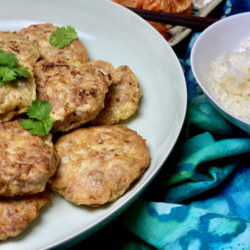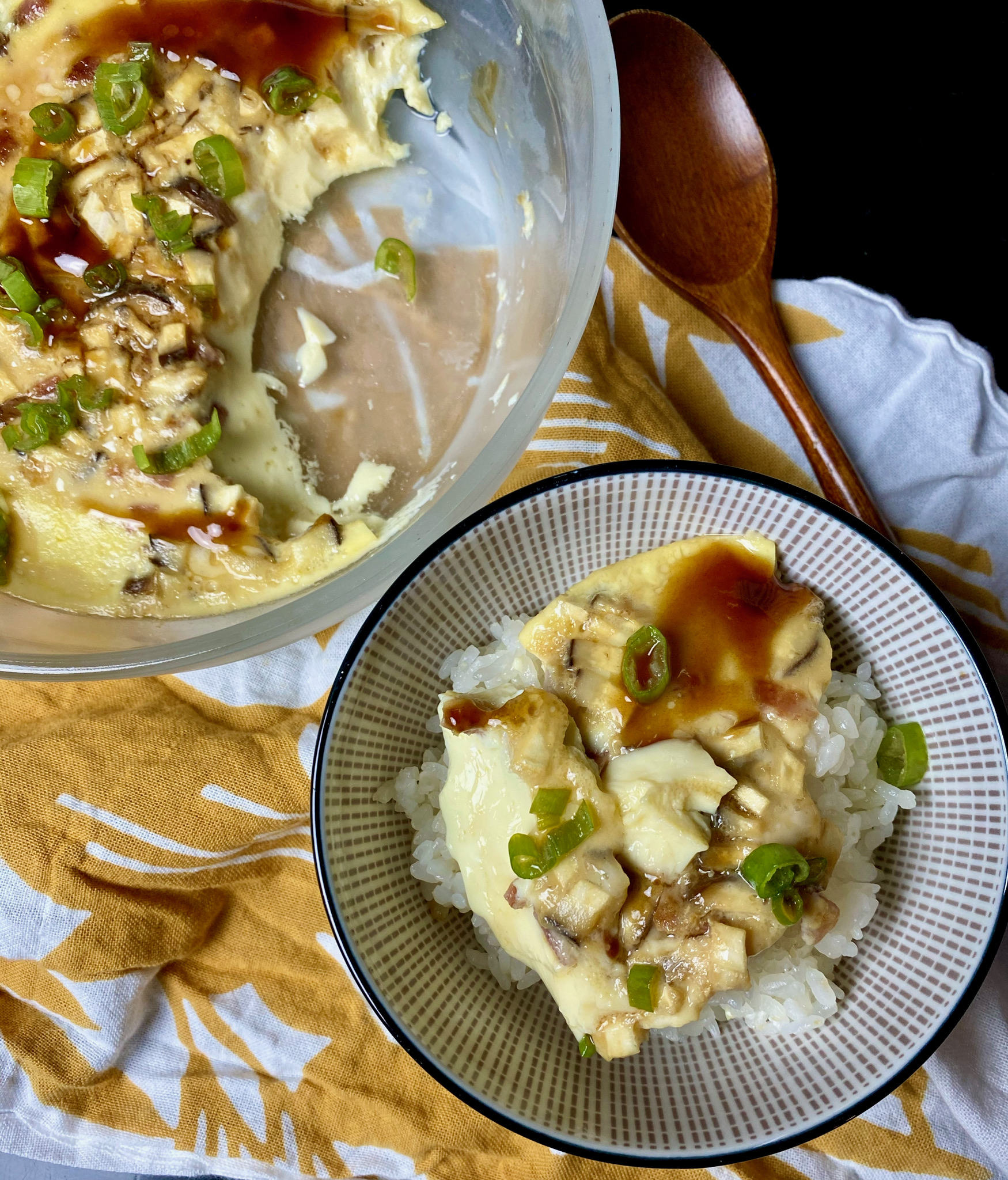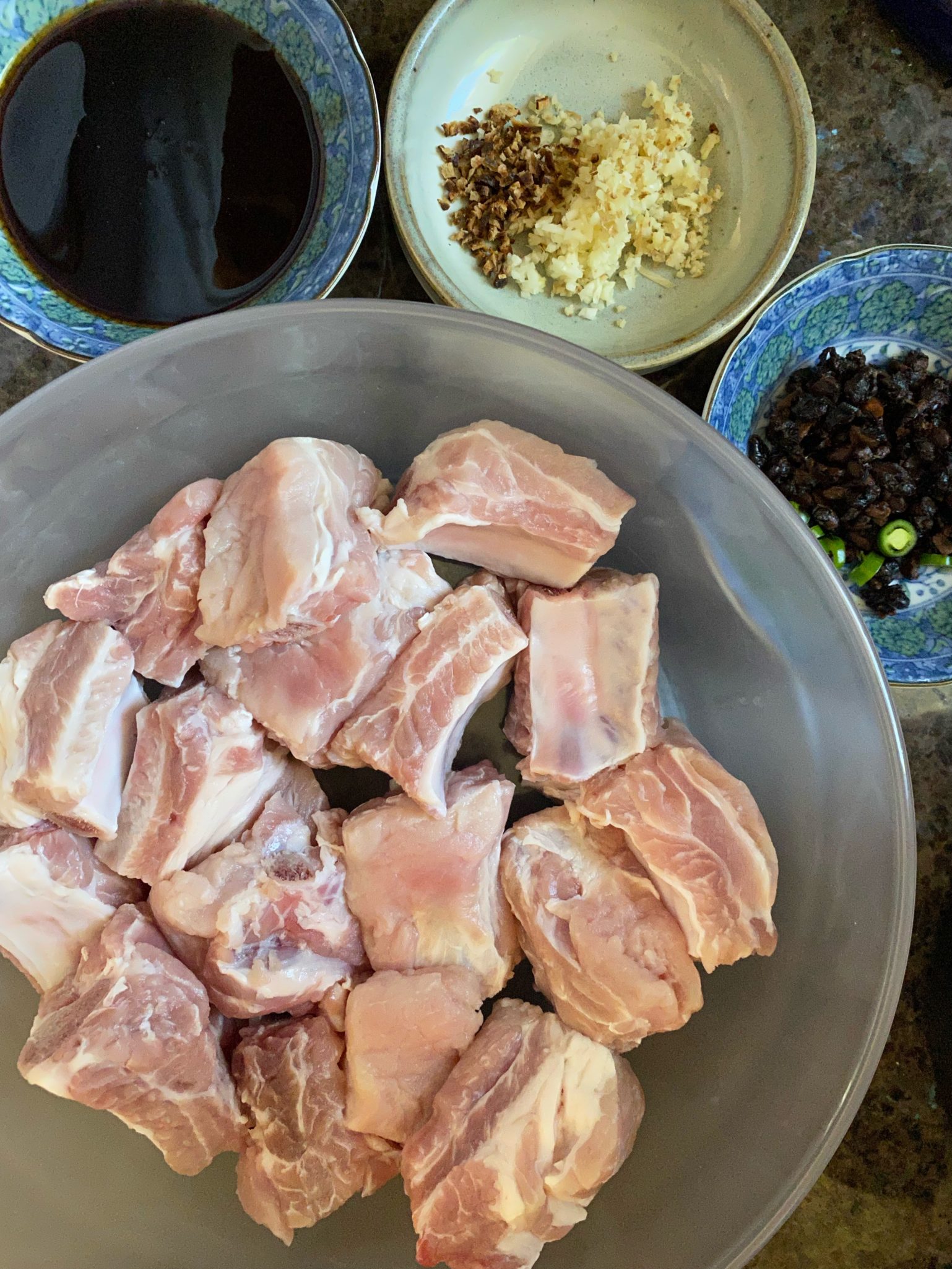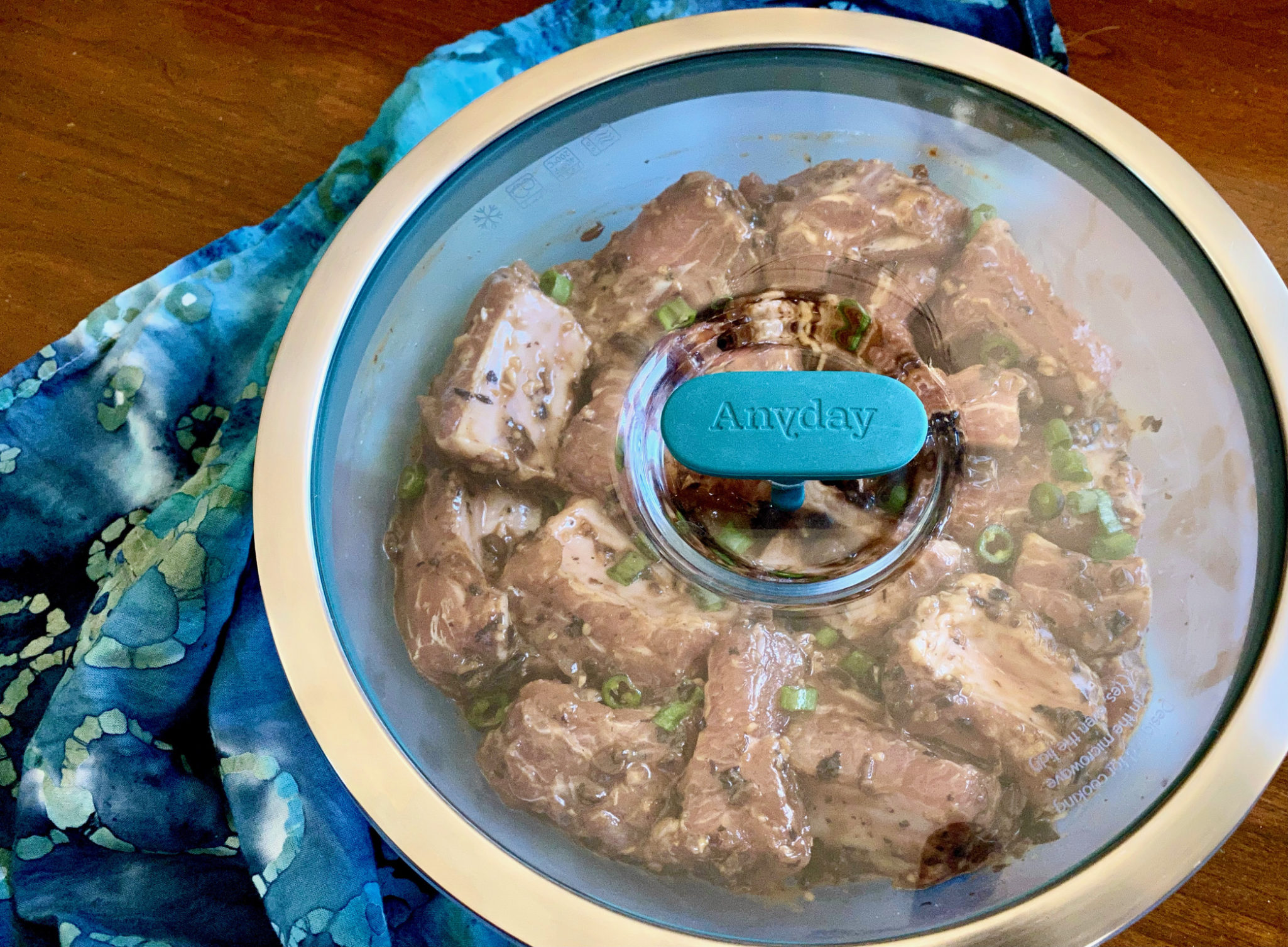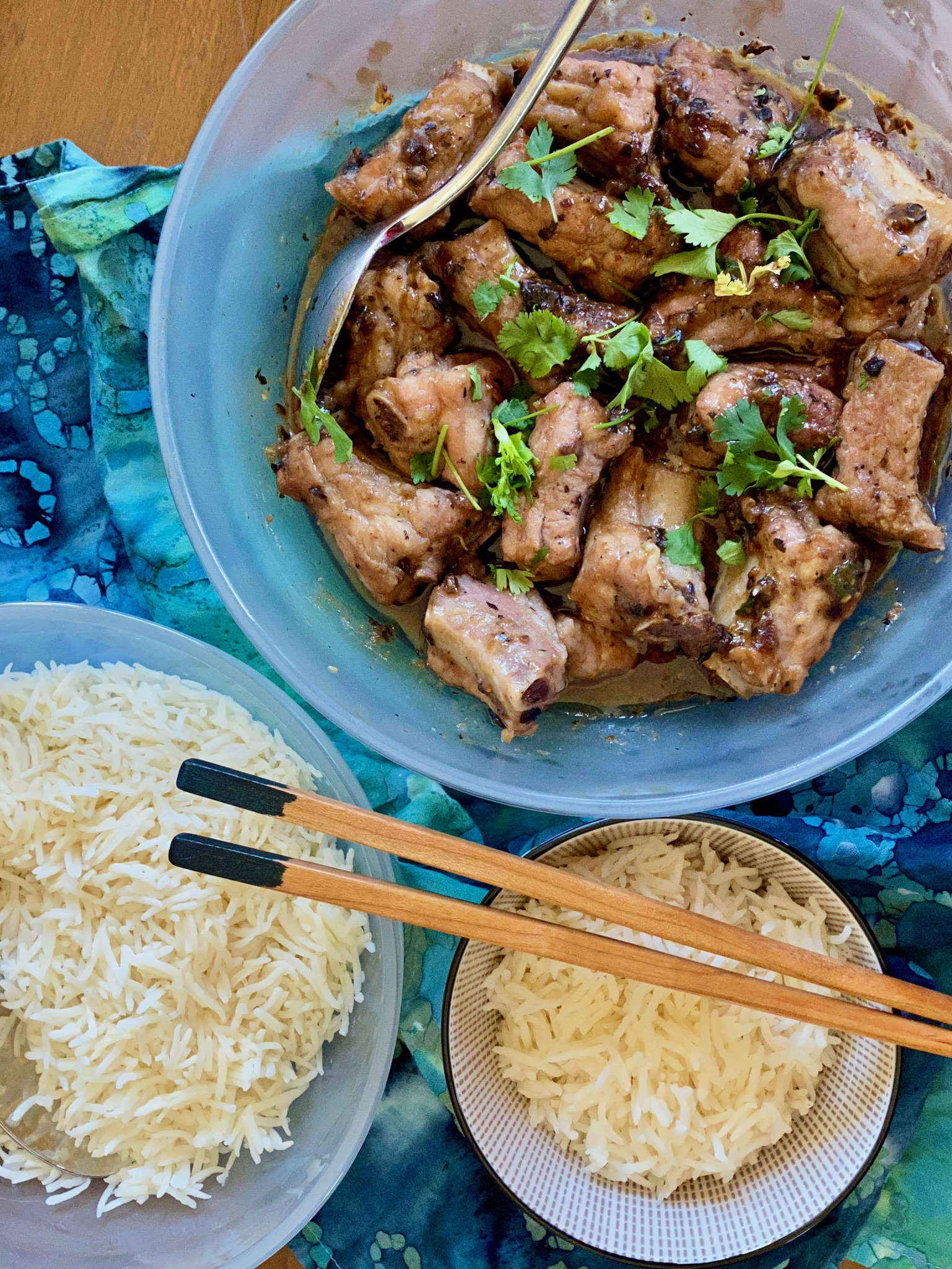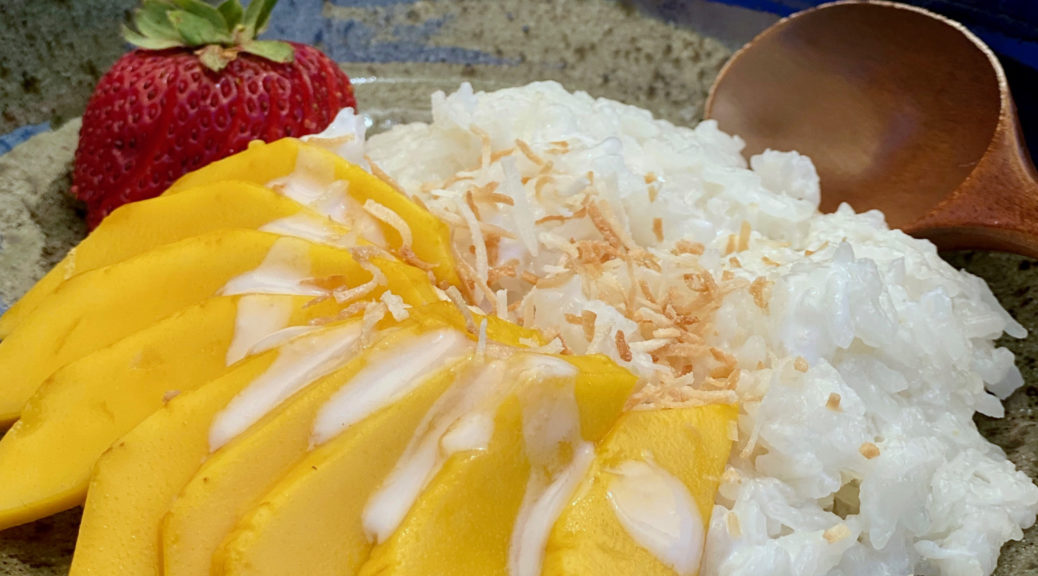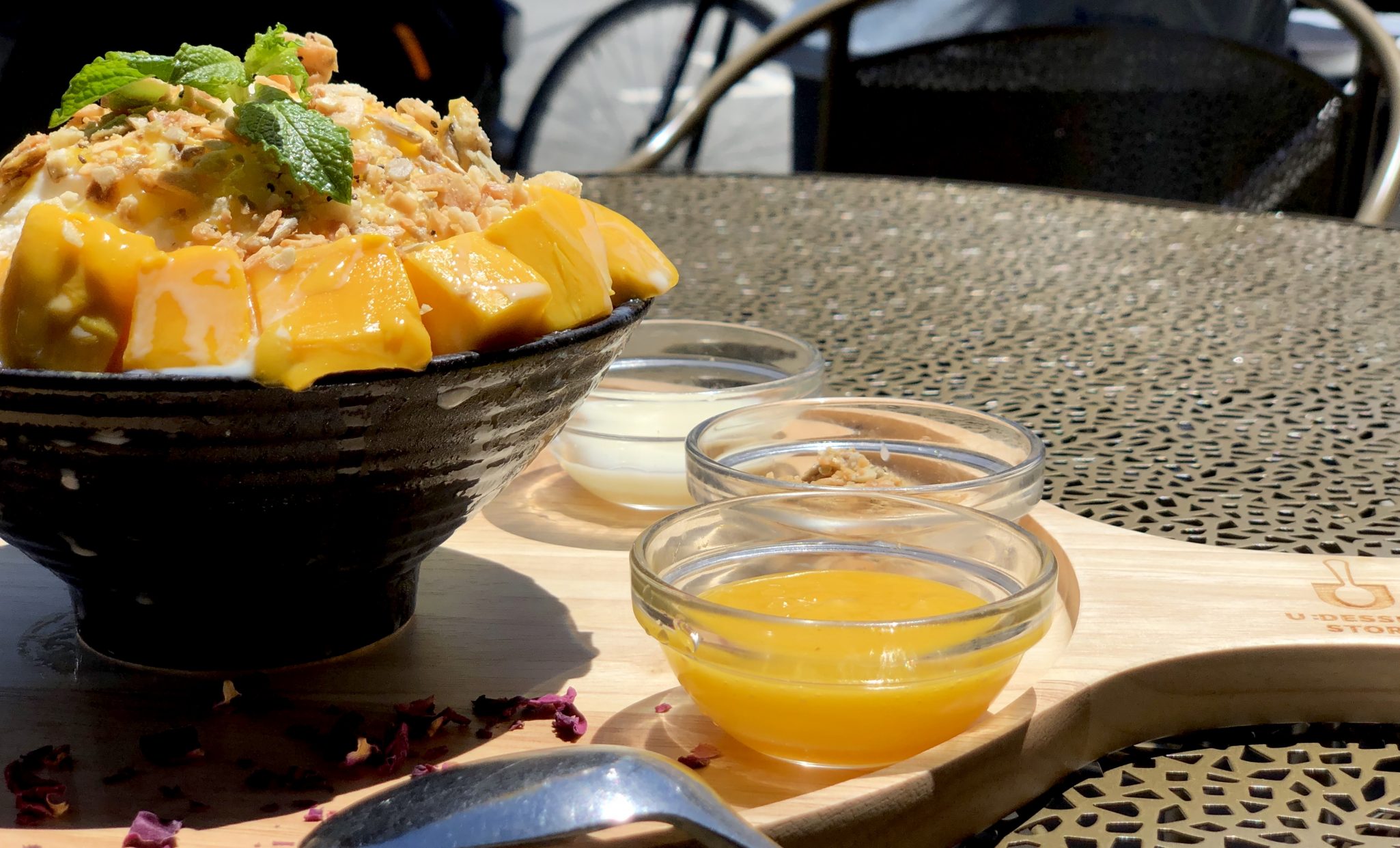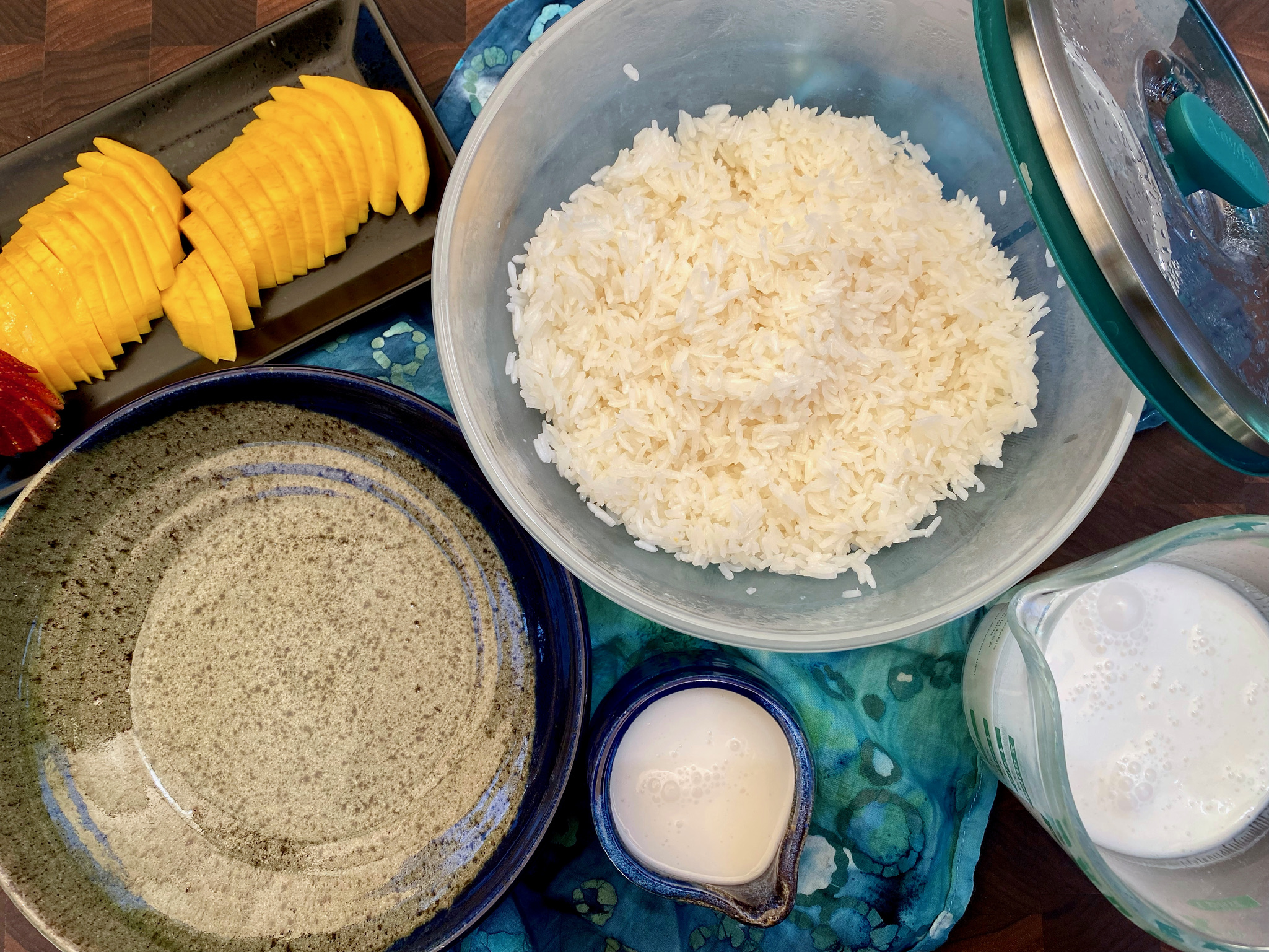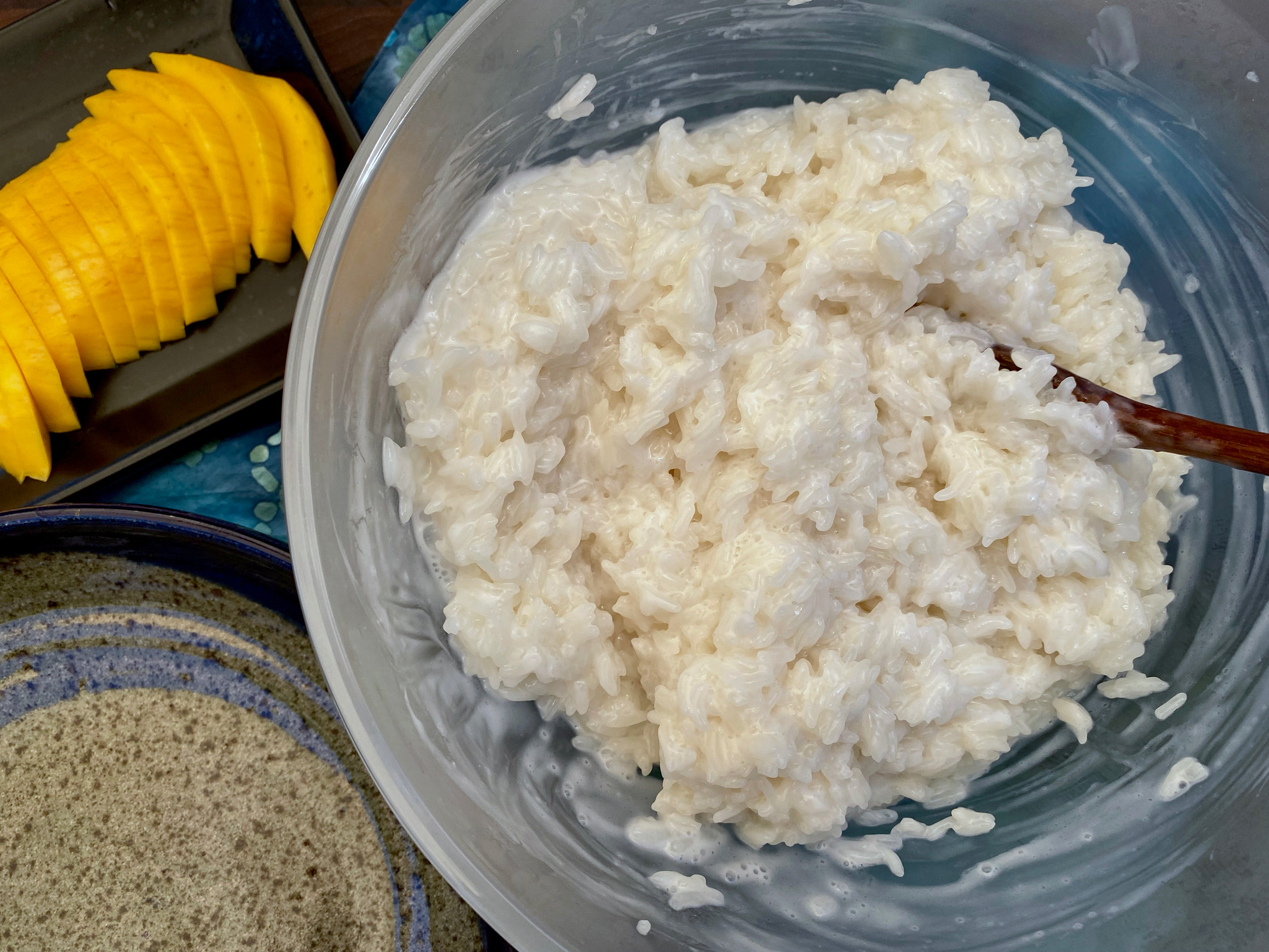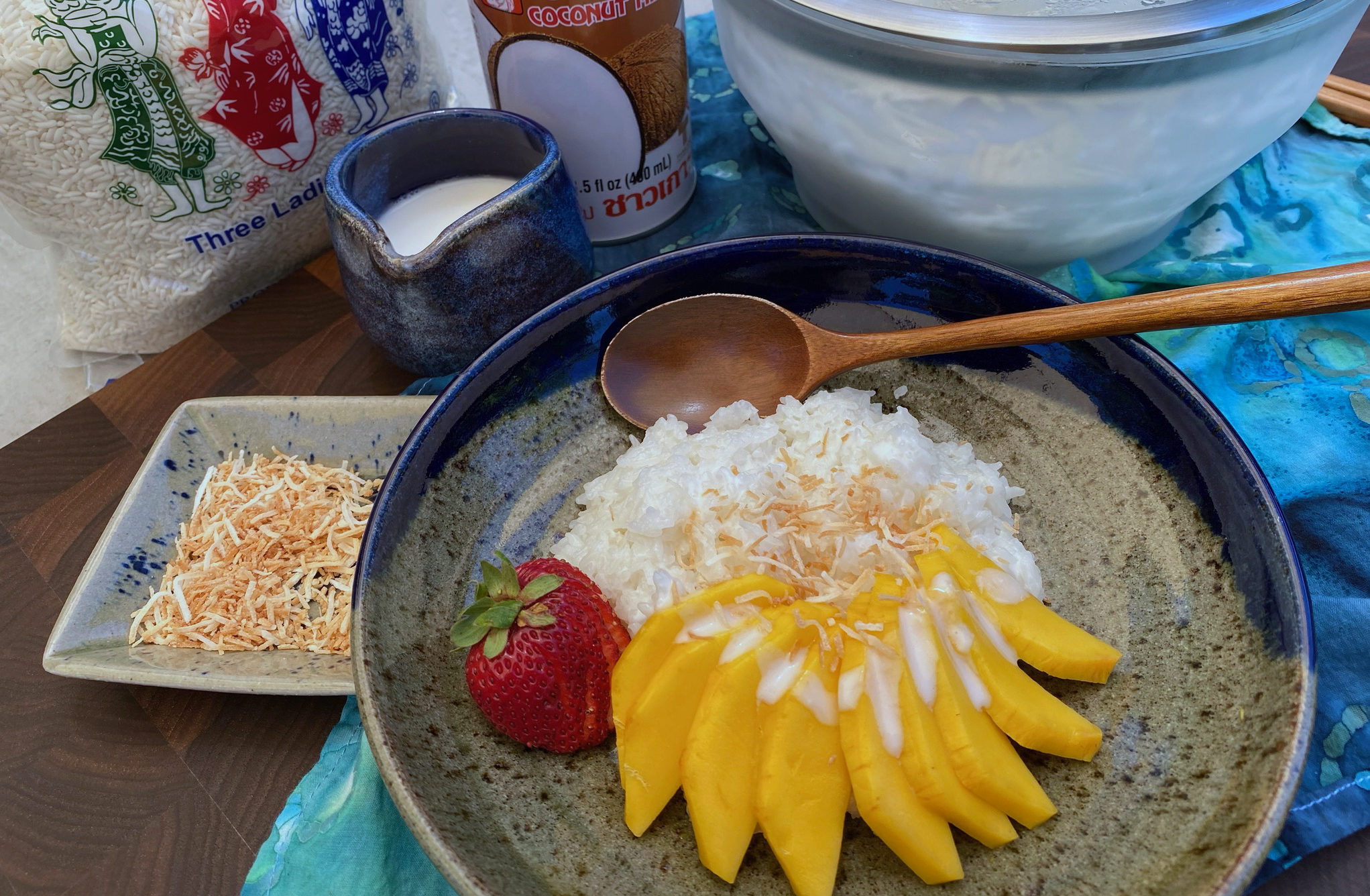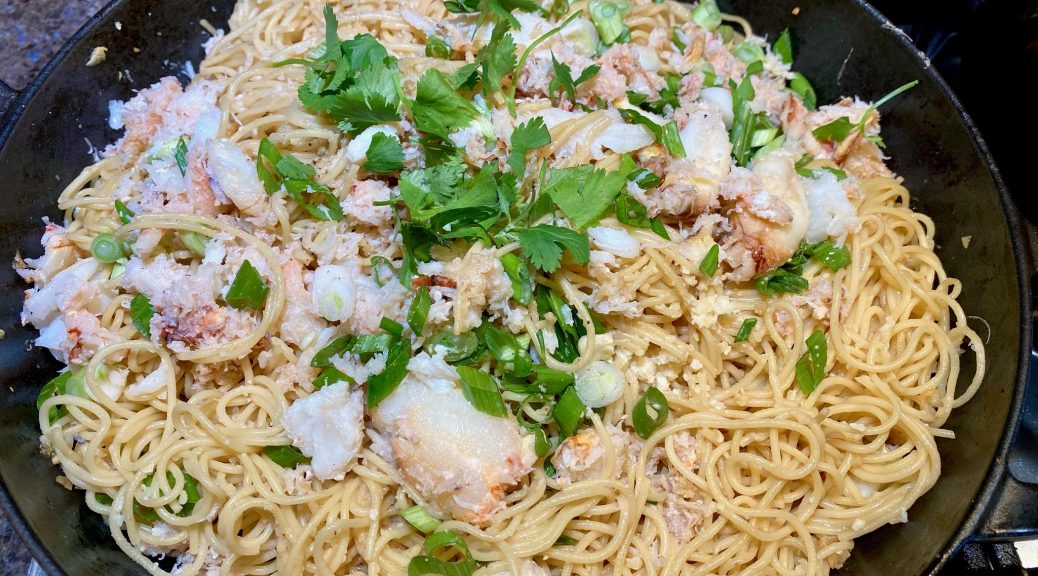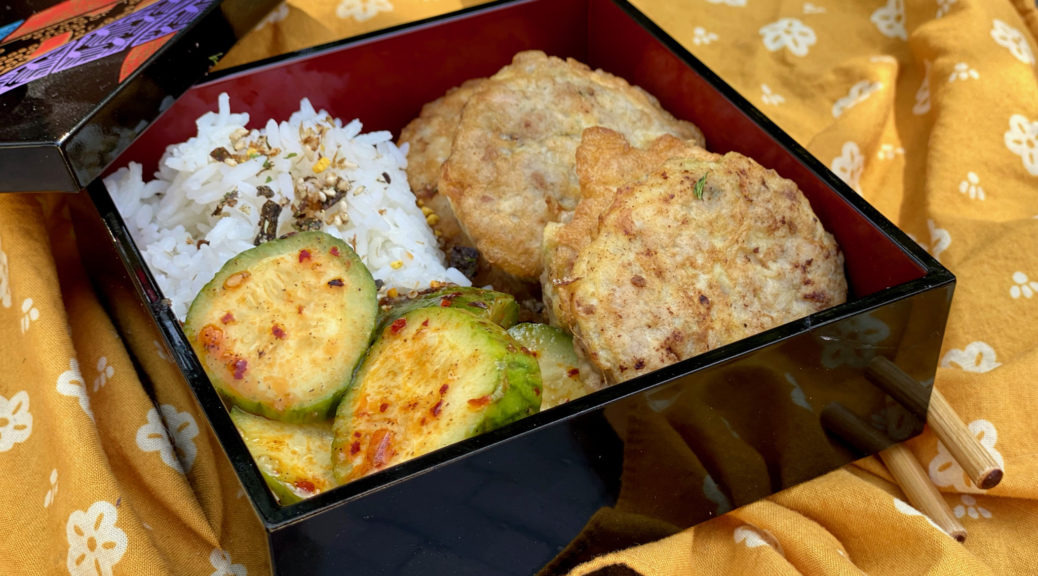
Meat & Tofu Patties Wanja-Jeon
From a historical perspective, who was the OG that took a hunka meat and decided to grind it up?
It was GENIUS
I mean, think of all the foods you love that start with ground meat? Top of the list, duh, BURGERS. Followed by Italian SAUSAGES, Spaghetti and MEATBALLS, Sloppy Joes, ragú, chili, and meatloaf… In Asian cuisine you have, Steamed Pork Patty, Japanese Soboro, potstickers, momos…toppings for rice bowls, quick soups, dumplings…I could grind on but you get the meat of it.
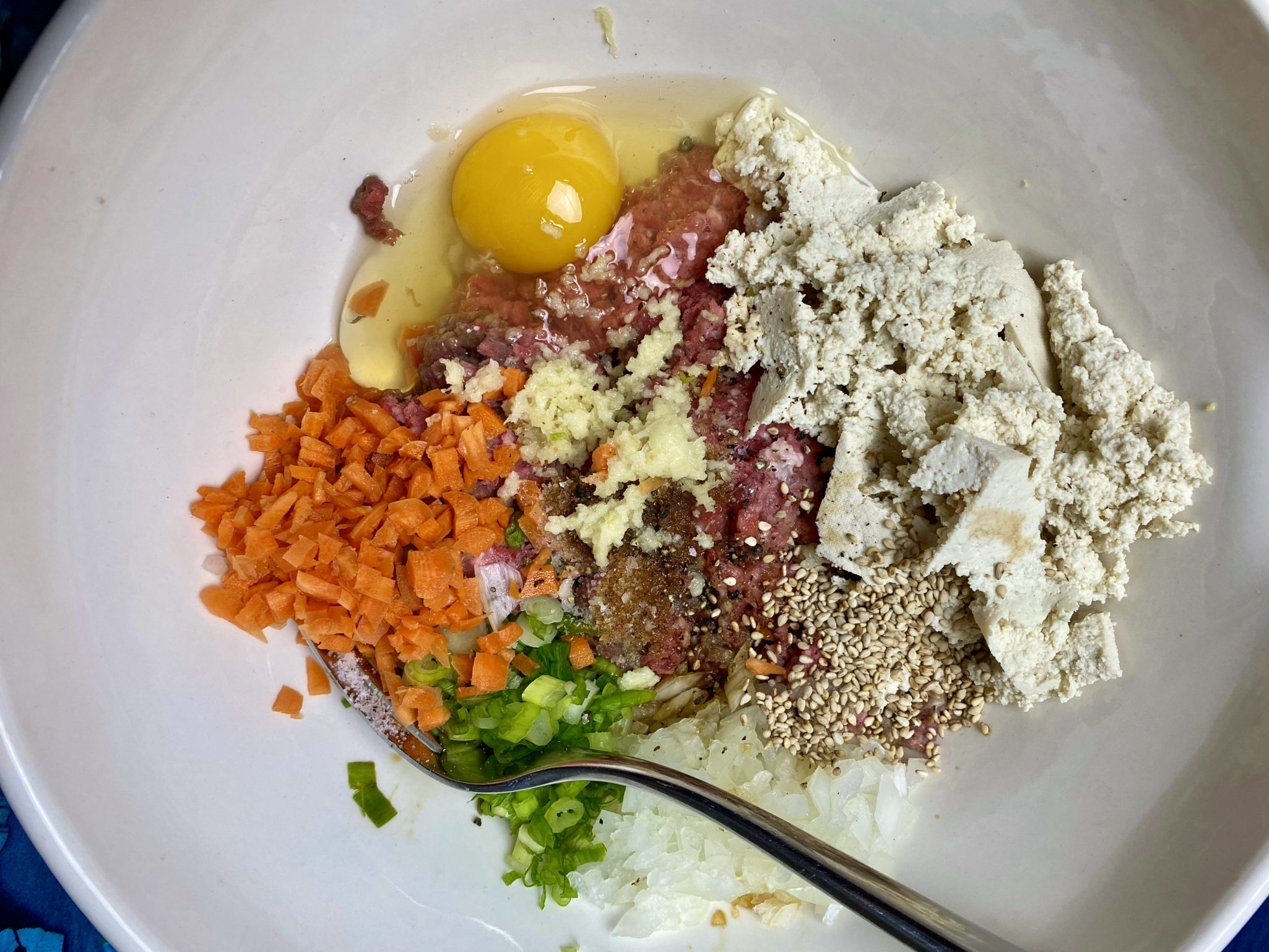
Dinners were always delicious at my Auntie Lil and Uncle Stan’s house. A blend of Korean and Hawaiian dishes that made my mouth water. My favorite dish was Auntie Lil’s Beef and Tofu Patties, her version of Wanja-jeon, 완자전. Kind of like bite-sized flattened meatballs she called mini-burgers. Add tofu and carrots to make the jeon moist and tender. Then season with sesame, onions, garlic, and soy sauce and finally dip in flour and egg then fry to a light golden color. Freakin’ delicious.
Ultimately, consumed at a torrid pace by…me. Unfortunately, I never asked her for the recipe so to re-create Auntie Lil’s Wanj-jeon, I turned to a couple of my favorite Korean food sites, Korean Bapsang and Maanchi.
Where’s the Beef…Patty
Wanja-jeon can be made with beef or a combination of beef and pork. I might try some ground chicken in place of the pork, but for now let’s stick to the OG version, BEEF. I did try 50:50 beef: pork and didn’t feel there was a big difference. Finely dice or mince the carrots, onions, garlic, and scallions. Drain and press the excess water from the tofu (very important, no soggy patties for us) and smoosh it up. Add soy sauce and sesame seeds and oil. Lightly mix the ingredients together.
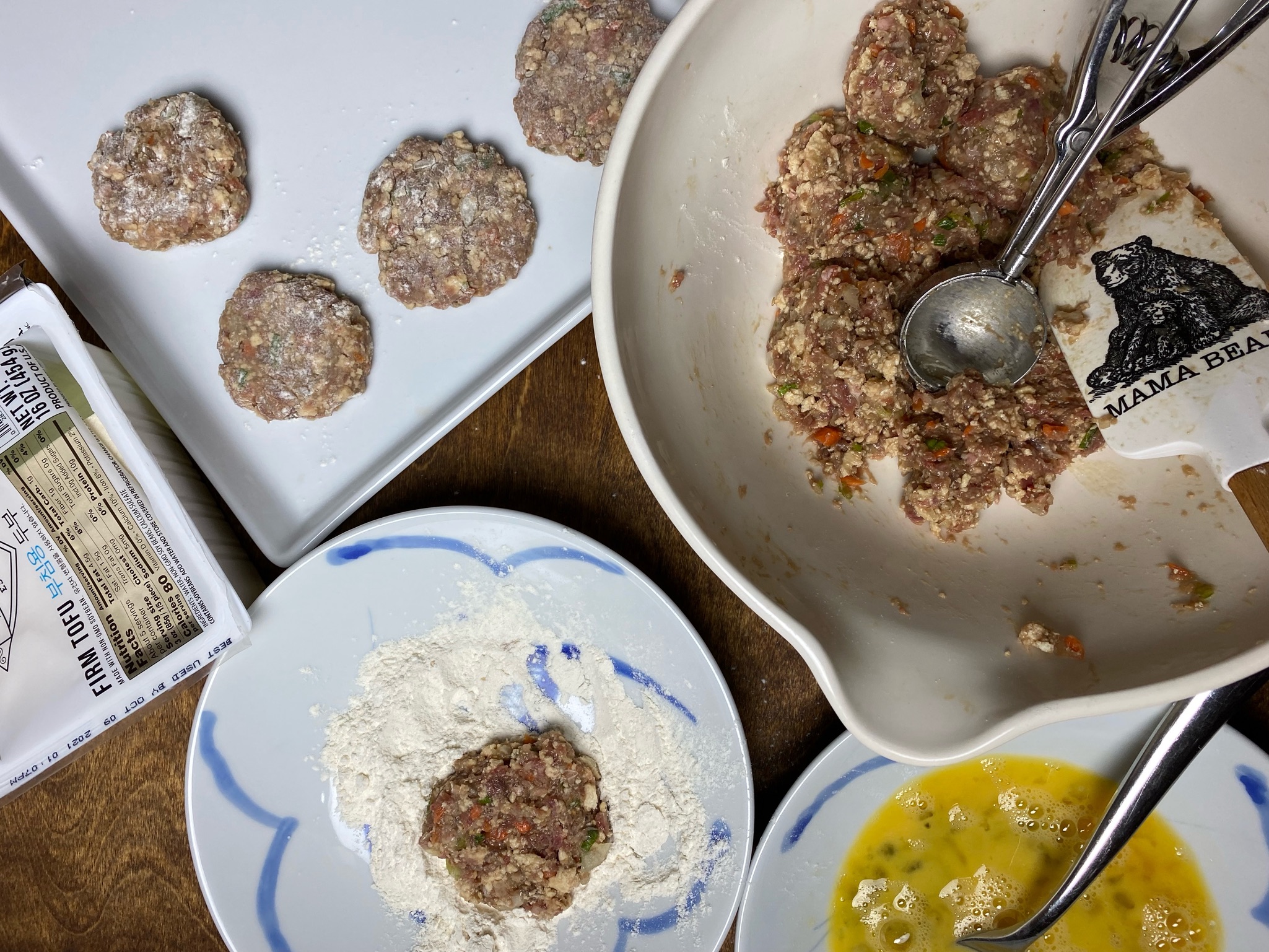
Set aside two bowls, fill one with the flour and the other for the eggs. Beat the eggs in a shallow bowl and set them aside. Use a two-tablespoon ice cream scoop to make balls and lightly flatten each. Dip each patty into the flour and place it on a pan or platter. When you have floured all of the patties, it’s fry time. Heat a non-stick pan over medium heat and add the oil. Place your bowl of beaten eggs near the pan. When the pan is hot, dip each patty into the egg mixture and carefully place it in the pan.
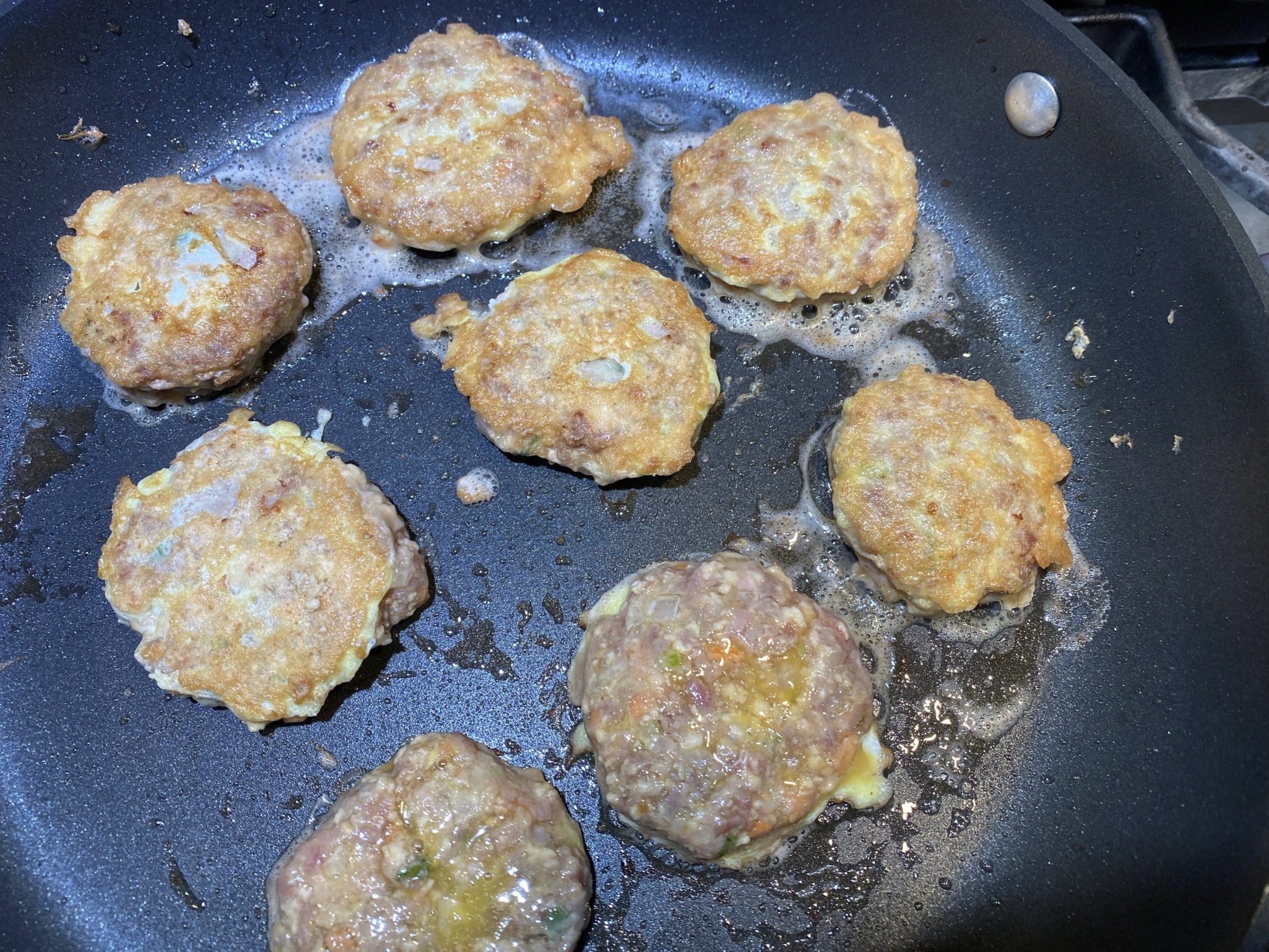
Fry over medium-low heat, the patties should be a light golden brown and firm to touch.
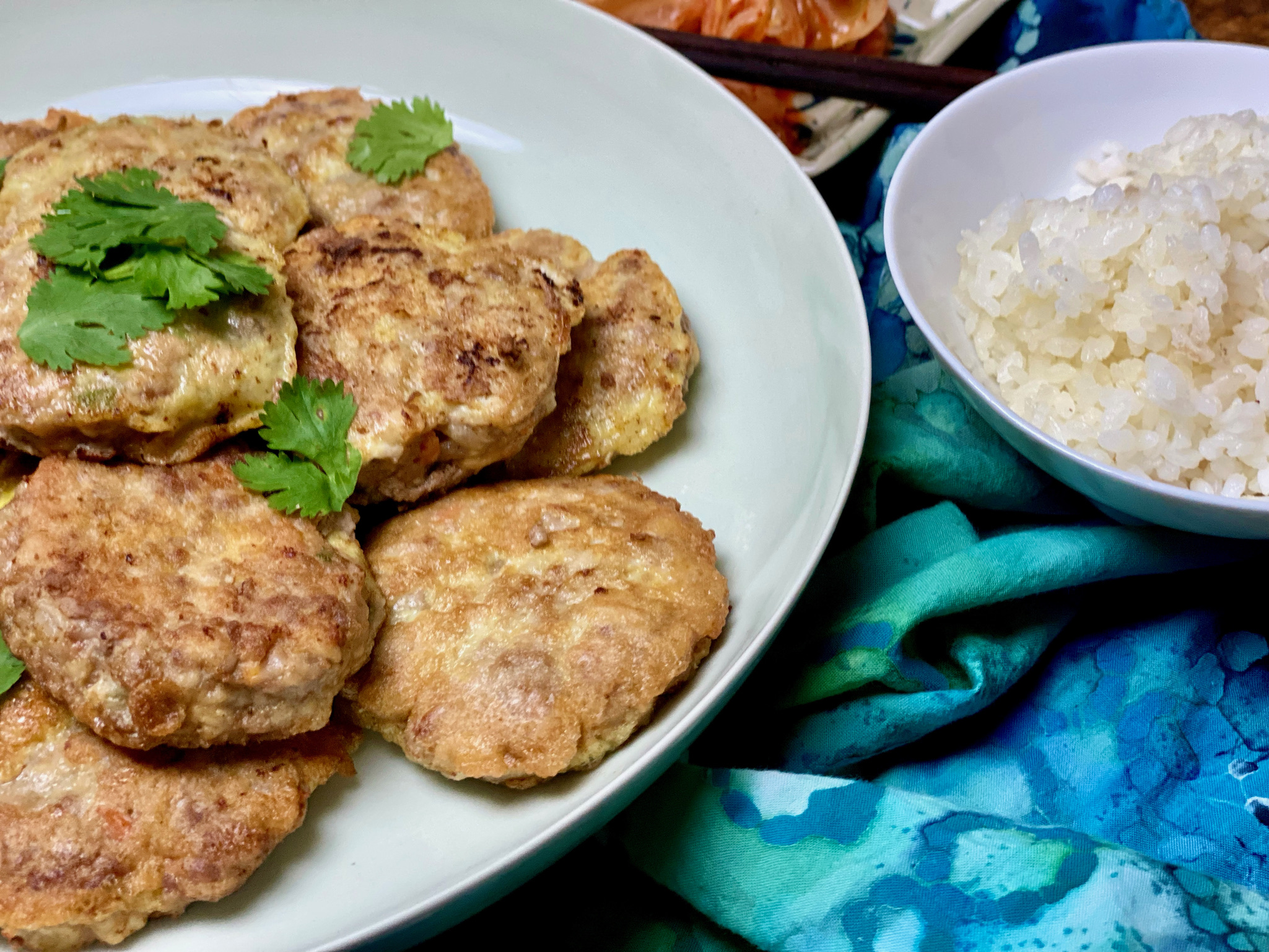
Serve Wanja-jeon warm or room temperature. I like to serve the patties with a dipping sauce that has a little sweetness and kick. Enjoy!
Wanjajeon (Pan-fried Beef and Tofu Patties)
Ingredients
The Patty
- ½ pound ground beef or mixture of pork and beef
- 4 ounces of tofu squeeze out excess water and smoosh
- 3 tablespoons chopped onion, yellow or white ~1/4 of an onion
- 1-2 garlic cloves (1 tsp) minced
- 1 green onion finely chopped
- 2 tablespoons chopped carrot minced or finely chopped
- 1 large egg slightly beatened
The Patty Seasonings
- 1 tsp kosher salt
- ½ teaspoon soy sauce
- ¼ teaspoon ground black pepper
- 1½ teaspoons toasted sesame oil
The Dredge & Fry
- 2 eggs
- 2 to 3 tablespoons all purpose flour
- 3 tablespoons vegetable oil
- 1 tsp roasted white sesame seeds, crushed optional
Dipping Sauce
- 2 tbsp soy sauce
- 1 tbsp rice vinegar
- 1 tsp granulated sugar
- 1/2-1 tsp Gochugaru or crushed chili flakes
- 1 tsp sesame oil
- 1 tsp green onions, finely diced
- 1/2 tsp garlic, minced
- 1 tsp toasted sesame seeds
Instructions
Patties
- Combine ground beef, pressed tofu, onion, garlic, green onion, carrot, 1 teaspoon kosher salt, soy sauce, ground black pepper, sesame oil, sesame seeds if using, and 1 egg in a bowl.
- Mix well by hand until the mixture gets a little sticky.
- Divide the mixture into ~16 equal pieces. A 2-tablespoon ice cream scoop makes easy work of this. Shape each into a ball between your palms, then flatten into 2-inch patty about ¼ inch thick.
- Dip each patty into flour, coat well but shake off the excess. Set each aside on a platter. Dredge all the patties at once and place on a platter or tray.
Fry Time
- In a bowl beat 2 eggs, add a pinch of salt.
- Heat a large nonstick pan over medium-low heat. Add some oil and tilt the pan to spread it around.
- Working in batches, dip each patty in the beaten egg, making sure to coat all of the patty, and place in the hot pan, one by one.
- Cook for about 1-2 minute until the bottom part turns light golden brown. Flip it over and cook for a few more minutes until the bottom part turns a little crunchy and light golden brown.
- Patties should be firm to touch when done. I cook the patties in two batches in a 12-inch pan. Clean the pan between batches. Serve the patties warm or at room temperature. Leftover patties are perfect in bento boxes.
Dipping Sauce
- Combine all ingredients, stir well.
- This is an all-purpose dipping sauce that can be used with dumplings, meat patties, Korean pancakes and jeon.
